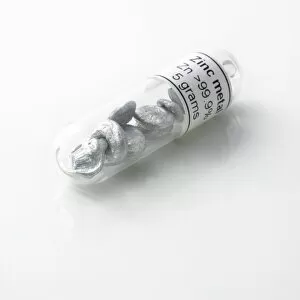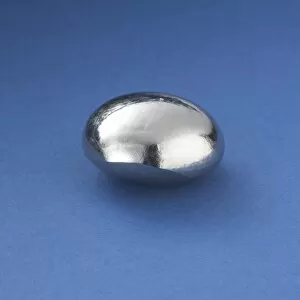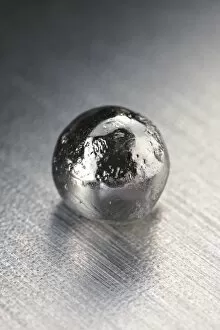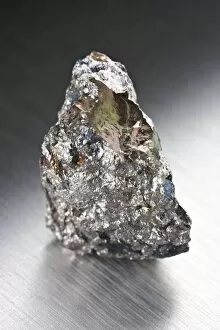Element Collection (page 45)
"Unveiling the Building Blocks of Nature: Exploring Elements in Cornwall, England" Discovering the hidden treasures of Cornwall
All Professionally Made to Order for Quick Shipping
"Unveiling the Building Blocks of Nature: Exploring Elements in Cornwall, England" Discovering the hidden treasures of Cornwall, England - a land rich in history and minerals. From the captivating Gold mines at Carnon Stream Works to the birthplace of renowned chemist Dmitry Mendeleev in Perranarworthal, this region holds secrets that shaped our understanding of elements. Step into the world of science with a whimsical caricature depicting Dmitry Mendeleev himself. His groundbreaking work on organizing elements led to the creation of the Standard Periodic Table as we know it today. Dive deeper into this digital illustration showcasing element types and their unique properties. Travel back in time to witness Humphry Davy's flame tests, where he discovered new elements through vibrant colors emitted by burning substances. Witness how Mendeleyev's early 20th-century Periodic Table revolutionized chemistry by arranging elements based on atomic weight and related chemical properties. Marvel at the intricate beauty captured under a light microscope - behold a mesmerizing Silicon crystal revealing its delicate structure. And let us not forget about gold - its allure shines through black sands found within a gold pan, reminding us of its timeless value. Join us on an extraordinary journey through time and space as we unravel nature's fundamental building blocks - exploring elements that shape our world.
































